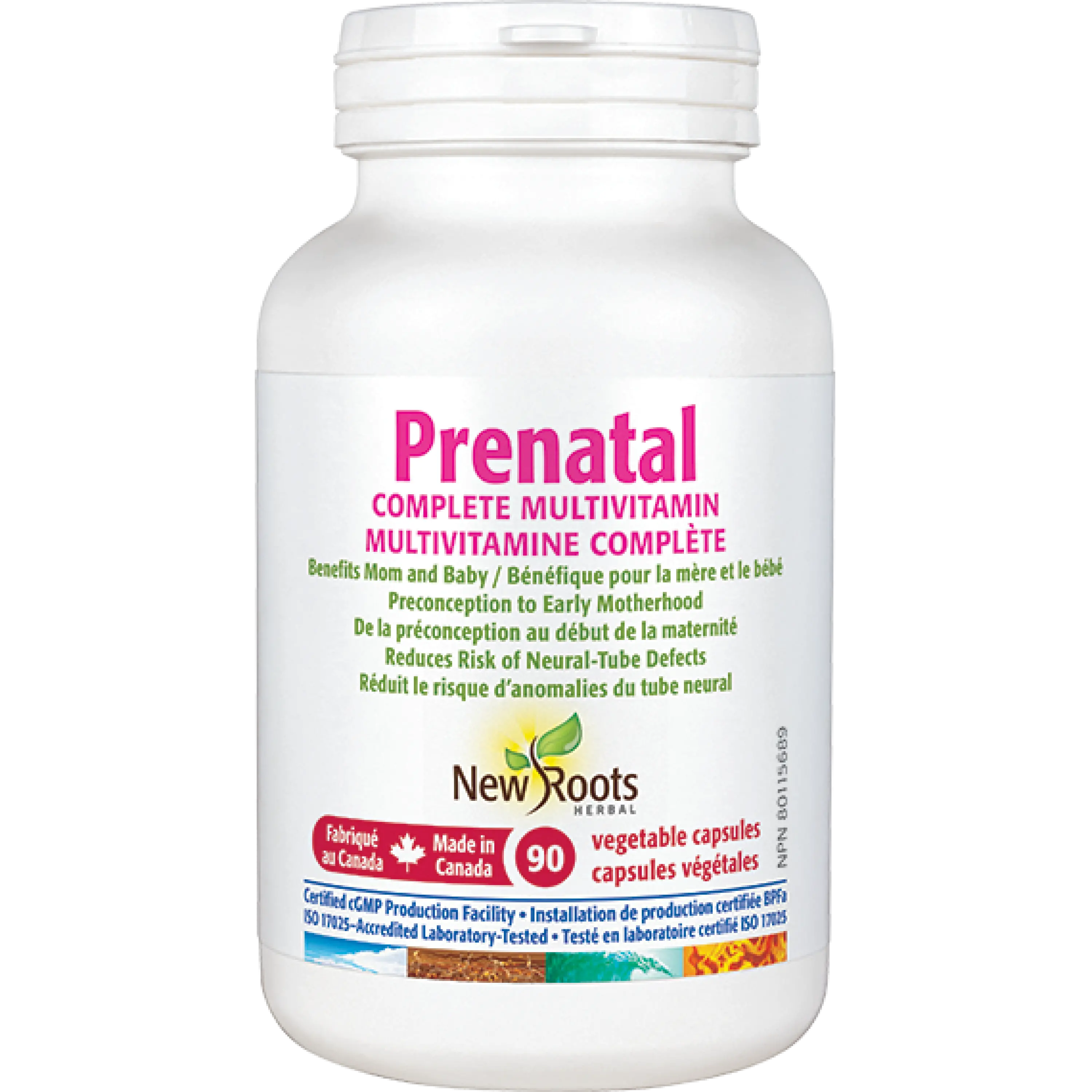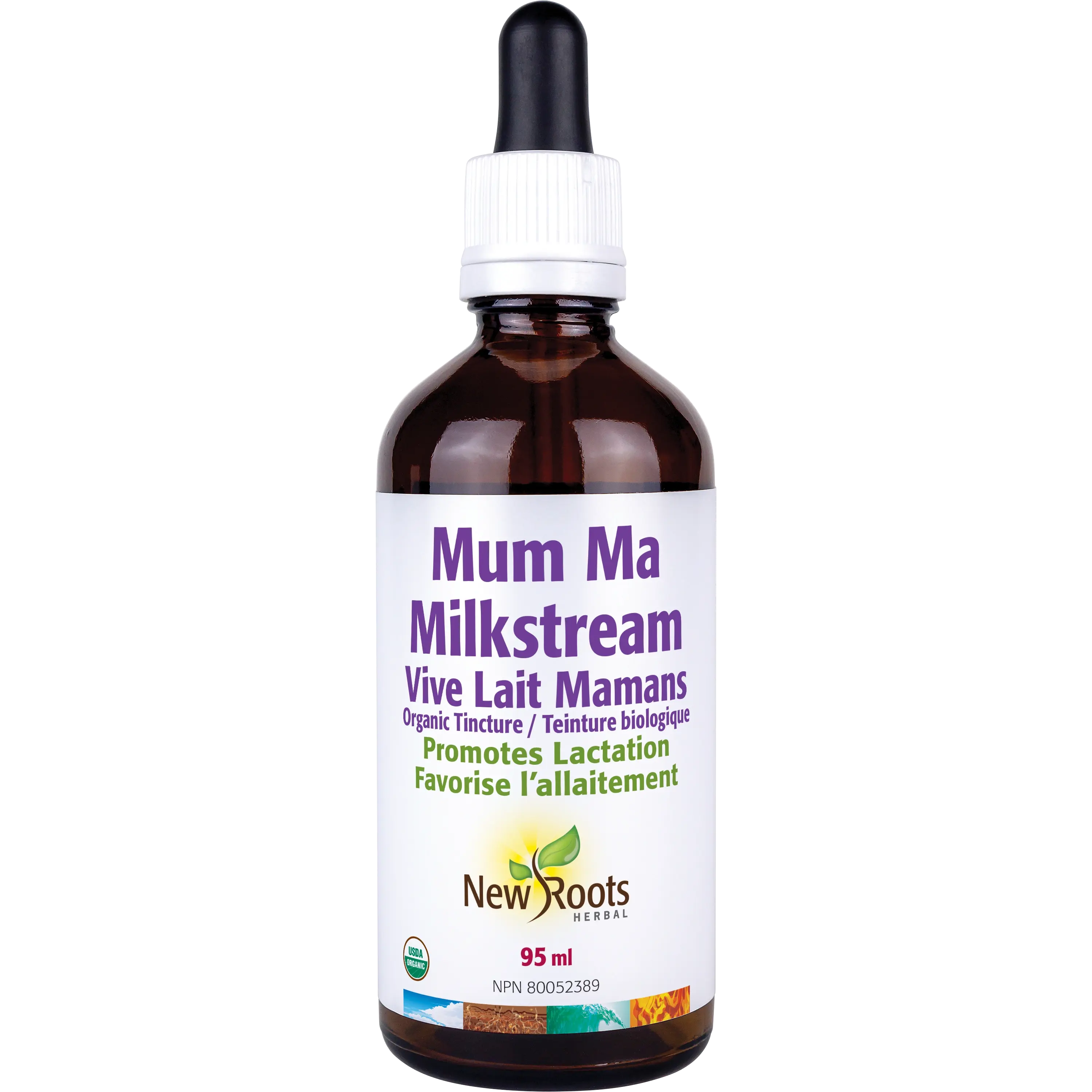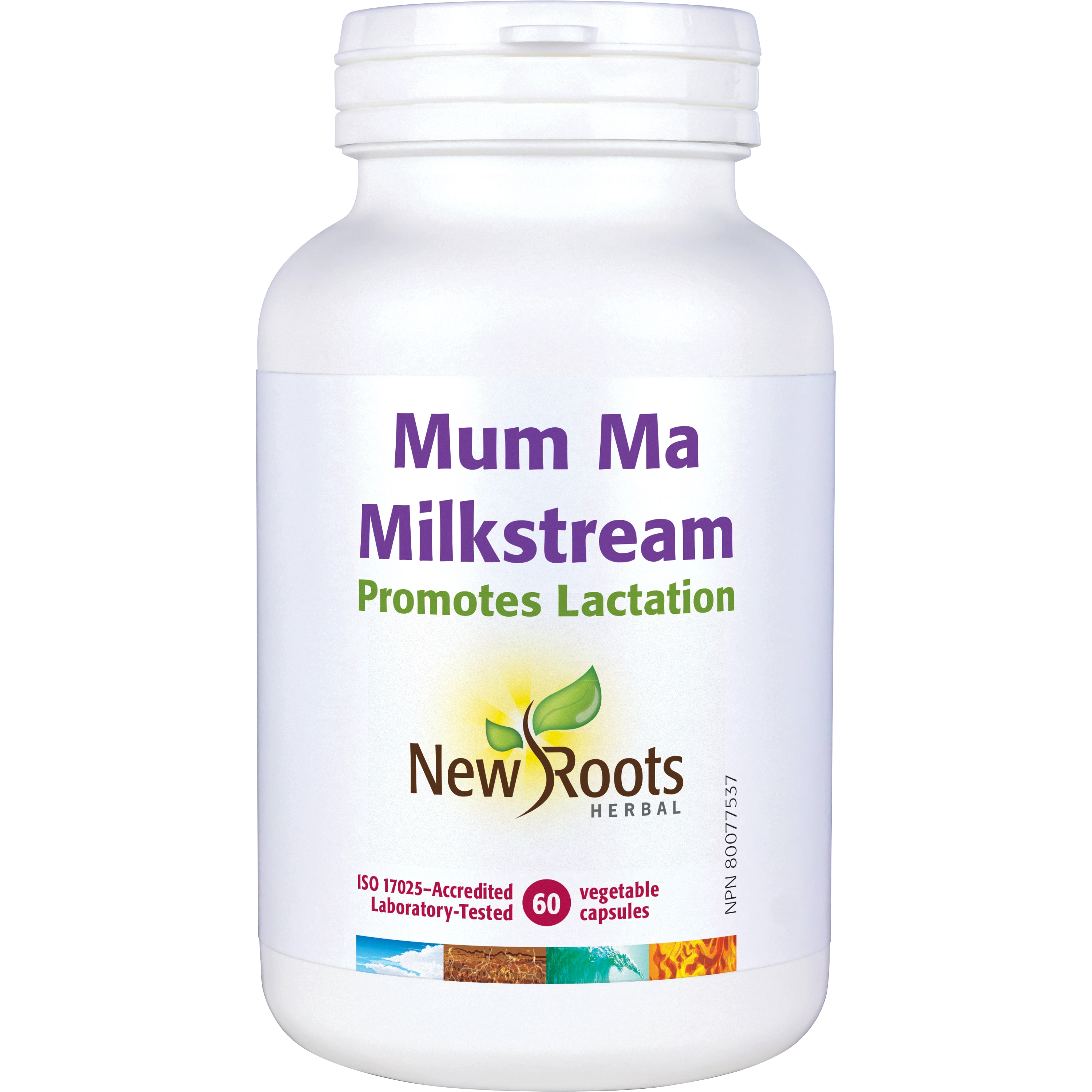Maternal Milk: Our Universal Cornucopia
Whether she breast-feeds or not, any mother can confirm the world has more than just seven wonders. Each family has their little treasures at home, and breast-feeding has thankfully once again become women’s preferred method of nourishing their infants. Breast milk not only naturally provides nutrients, but also antibodies, lactoferrin, hormones, growth stimulators, colostrum, and more, all essential for the growth and development of a baby’s strong and resilient immune system. In Australia, the number of breast-feeding mothers increased from 48% in 1975 to almost 90% in the 2000s. It is the nutritional method recognized by health authorities (including the World Health Organization) as most suitable for babies until at least 6 months of age. Nevertheless, it remains a potential challenge in many cases. The causes of terminating breast-feeding are multiple, and depend not only upon psychophysiological factors (insufficient lactation, fatigue or depression, physical complications, beliefs, behaviours, etc.), but also socioeconomic ones (academic or professional obligations, financial stress, etc.). So, how to resolve this?
Milk production is favoured by a balance of the right breast-feeding frequency, the child’s closeness to the mother, the desire to breast-feed, and the family circle’s lifestyle. Hormonal health is essential for the pituitary gland to create prolactin (which stimulates milk production) and oxytocin (which promotes milk ejection). If milk production starts to decline, it is important to correct the frequency of feeding as well as the baby’s and mother’s positioning. Try a supportive method such as breast compression to help the flow of milk, or rest and hydrate enough. Breast-feeding support services are now highly accessible, so use them liberally, and keep in mind that solutions exist to wipe away discouragement or guilt, as one of the surest guarantees of successful breast-feeding is confidence.
Other natural tools include galactagogues, which are plants whose traditional use gives lactating mothers a reassuring and positive effect. Fenugreek, blessed thistle, or fennel are among the plants that promote better milk flow. What is known in herbal medicine is that many plants of the Apiaceae family act on the pituitary gland, and consequently on prolactin, but also on dopamine, which reduces secretion. For example, the anethole molecule, found in fennel and anise and structurally resembling catecholamines such as dopamine, may compete for its receptors, thus disinhibiting prolactin secretion and its galactagogue effects.
To promote lactation, one simple and effective way will thus consist of taking a tincture formula or capsules of galactagogue plant (fenugreek, blessed thistle, or fennel), along with plants that balance the hormonal system, such as raspberry or clover. You can also drink two or three cups a day of herbal tea with caraway seed (60 g); fennel, green anise, angelica (30 g each); and hop cones (20 g), dosed at one teaspoon per cup. In your kitchen, use of cumin, basil, verbena, barley malt, and miso; conversely, avoid parsley, sage, mint, sorrel, and artichokes, which tend to reduce milk production. Reflexology and acupuncture are also useful, complementary techniques worth considering.
As with all cases of medicinal plant use, carefully respect dosage and recommendations, and seek advice from a health-care practitioner, naturopath, or other authorized specialist. The health advice in this article does not in any way substitute a medical prescription.
References
Sim, T.F., et al. “The use, perceived effectiveness and safety of herbal galactagogues during breast-feeding: A qualitative study.” International Journal of Environmental Research and Public Health, Vol. 12, No. 9 (2015): 11050–11071.
Forinash, A.B., et al. “The use of galactogogues in the breast-feeding mother.” The Annals of Pharmacotherapy, Vol. 46, No. 10 (2012): 1392–1404.
Zapantis, A., et al. “Use of herbals as galactagogues.” Journal of Pharmacy Practice, Vol. 25, No. 2 (2012): 222–231.
Mortel, M., and S.D. Mehta. “Systematic review of the efficacy of herbal galactogogues.” Journal of Human Lactation, Vol. 29, No. 2 (2013): 154–162.
Berry, N.J., and K.D. Gribble. “Breast is no longer best: Promoting normal infant feeding.” Maternal & Child Nutrition, Vol. 4, No. 1 (2008): 74–79.
Turkyılmaz, C., et al. “The effect of galactagogue herbal tea on breast milk production and short-term catch-up of birth weight in the first week of life.” Journal of Alternative and Complementary Medicine, Vol. 17, No. 2 (2011): 139–142.
Katarzyna, B., et al. « Complementary, holistic, and integrative medicine: Advice for clinicians on herbs and breast-feeding.” Pediatrics in Review, Vol. 34, No. 8 (2013): 343–353.
Otsuka, K., et al. “The relationship between breast-feeding self-efficacy and perceived insufficient milk among Japanese mothers.” Journal of Obstetric, Gynecologic, and Neonatal Nursing, Vol. 37, No. 5 (2008): 546–555.
Blyth, R., et al. “Effect of maternal confidence on breast-feeding duration: An application of breast-feeding self-efficacy theory.” Birth, Vol. 29, No. 4 (2002): 278–284.
Bone, K., et S. Mills. Principles and Practice of Phytotherapy, Modern Herbal Medicine. Elsevier Canada, 2013, 1056 p., ISBN 978-0-4430-6992-1. (Page 559)
Canadian Breast-feeding Foundation. · http://www.canadianbreast-feedingfoundation.org
 Guillaume Landry, MSc, Naturopath
Guillaume Landry, MSc, Naturopath
A native of the Jura mountains of eastern France, he shares
his passion for the wonders of nature and natural medicine.




